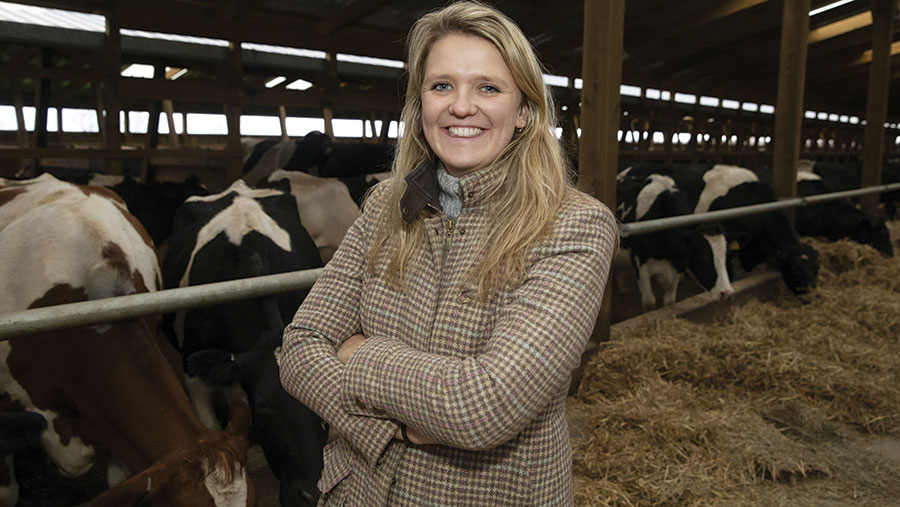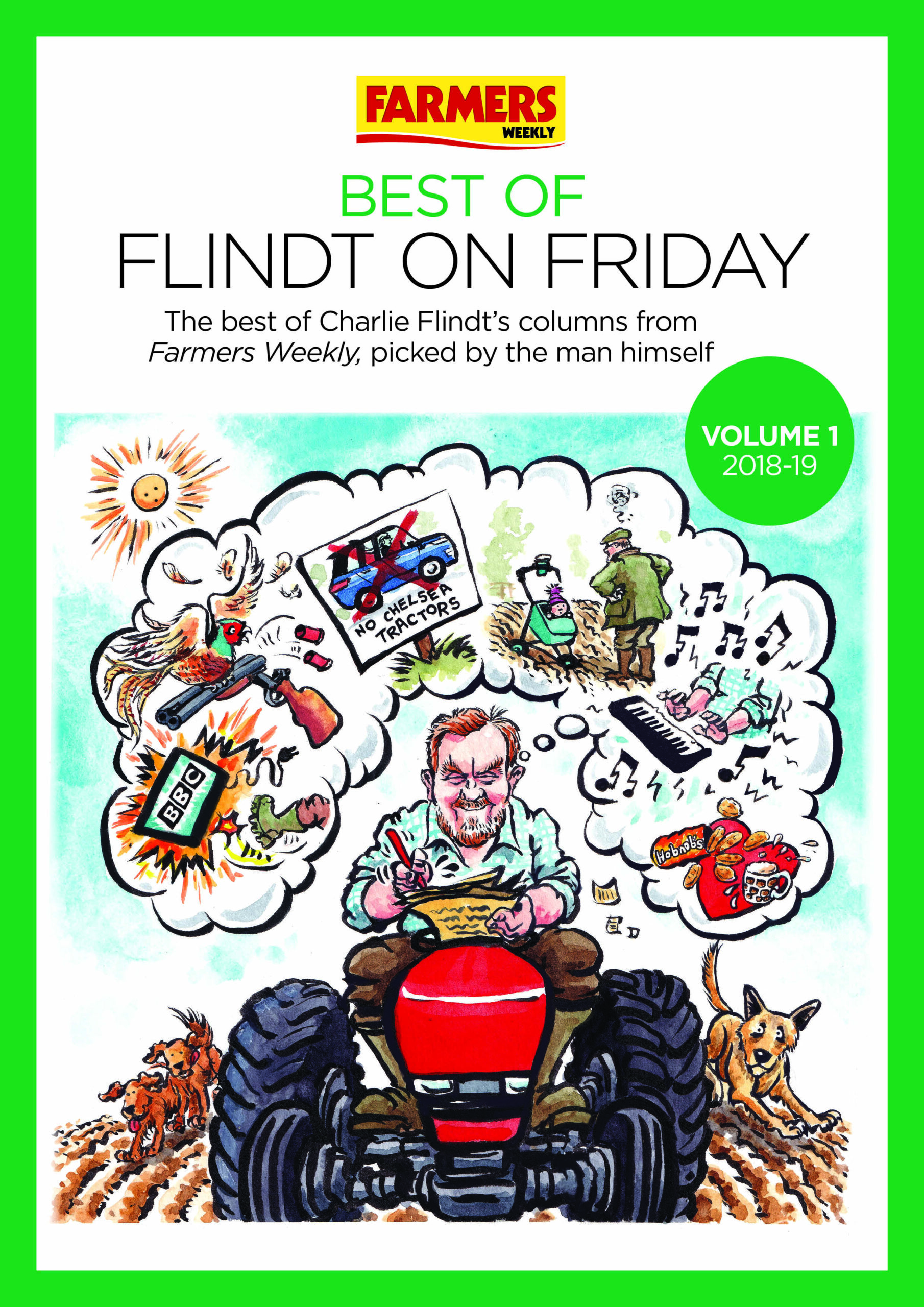Amy Eggleston: How to make the public listen to us farmers
 © Tim Scrivener
© Tim Scrivener Farming hasn’t always been such a huge part of my life.
Before returning home to the family farm, I helped businesses in London and Leeds promote their message to customers.
Whether the budget was large or small, the focus was always the same – what does the customer want?
And how can we communicate that we’re doing the right thing for them?
Since returning home, I’ve questioned how we are doing this within agriculture.
Yes, we are working towards what the customer says they want, but are we really reassuring them that we are making the right changes?
See also: Selling milk yourself – farmers share their tips
We have all had conversations that go way over our head.
Someone starts talking, you get confused, and then bored, and then your mind wanders to what you’re going to have for dinner.
The way that person was communicating with you was ineffective.
It was too complex or too specialist, and now the person “listening” has simply switched off.
Wandering minds
I fear that’s often what happens when we talk about farming.
We use words and phrases that are hard to understand and talk about the complex technical aspects of the job.
Yes, these are important business matters for us, but that doesn’t mean people will understand or even listen.
This causes people to switch off and often they only hear what they want to.
You’re telling them about the process of raising a calf, the importance of colostrum, and ensuring their daily liveweight gain is as it should be.
Instead, all they really heard was that you’re looking after the calf instead of the cow doing it. Where did we go so wrong?
It is time to start communicating our message from scratch.
We have an opportunity to tell our own story, it’s just important that we tell it in the right way.
Instead of using jargon and abbreviations, we need to simply explain that what we’re doing really is the right thing.
We are doing everything to care for our animals while working to meet what customers want, and it’s about time they know that.
Instead of telling people how a colostrometer can be beneficial in the feeding of calves, consider the priorities of the person you’re speaking to.
We provide the best environment, nutrition and care for the young animals ensuring that he or she soon becomes part of a herd of its own age. Simplicity is key.

